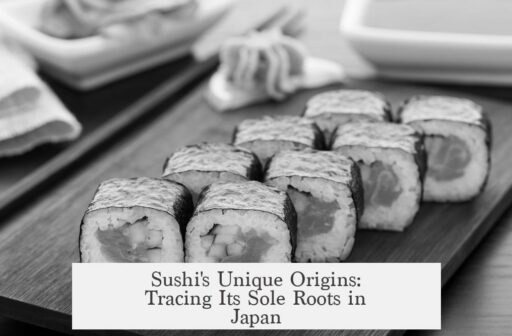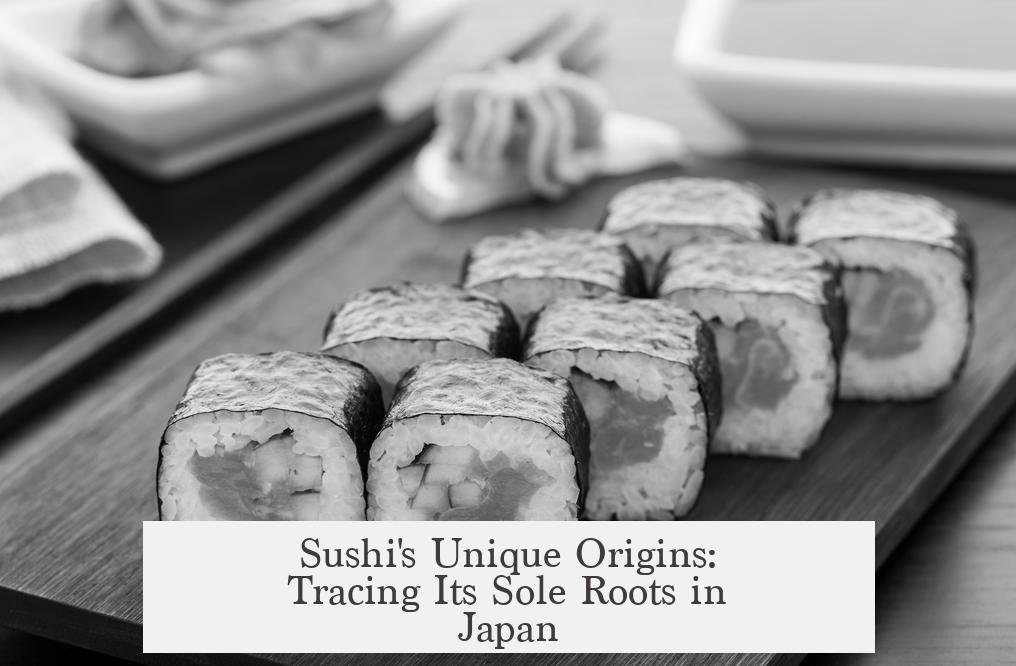Sushi is considered original to Japan because its modern form and cultural significance developed uniquely within Japanese society, despite its ancient origins elsewhere. The concept of preserving fish in fermented rice began in the Mekong region around the 2nd century BC, covering parts of Southern Yunnan, China, and Northern Laos. Early sushi involved fermenting fish with rice to preserve it, praised as an imperial delicacy in the Han Dynasty of China.
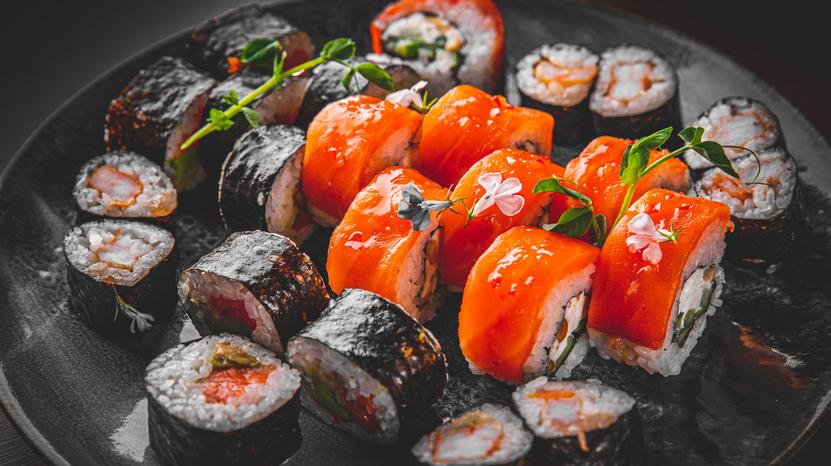
Historical records from ancient China describe dishes similar to sushi. The Han Dynasty text Book of Han mentions a fermented fish dish called 鮓 (pronounced “zha”) that shares linguistic roots with the Japanese word “sushi.” Further culinary details appear in the 544 AD Northern Wei cookbook Essential Skills of the People, describing fish slices salted and layered with rice seasoned by wine and vinegar before storage.
The introduction of sushi to Japan dates back to the Nara Period (8th century), where it was noted as an imperial tribute. Initially, the rice fermenting process meant the rice was discarded due to its strong sourness. By the 14th century, Japanese cooks reduced fermentation time, allowing rice to be eaten with fish. This style, called funazushi in Shiga Province, and other narezushi varieties, remain traditional delicacies.
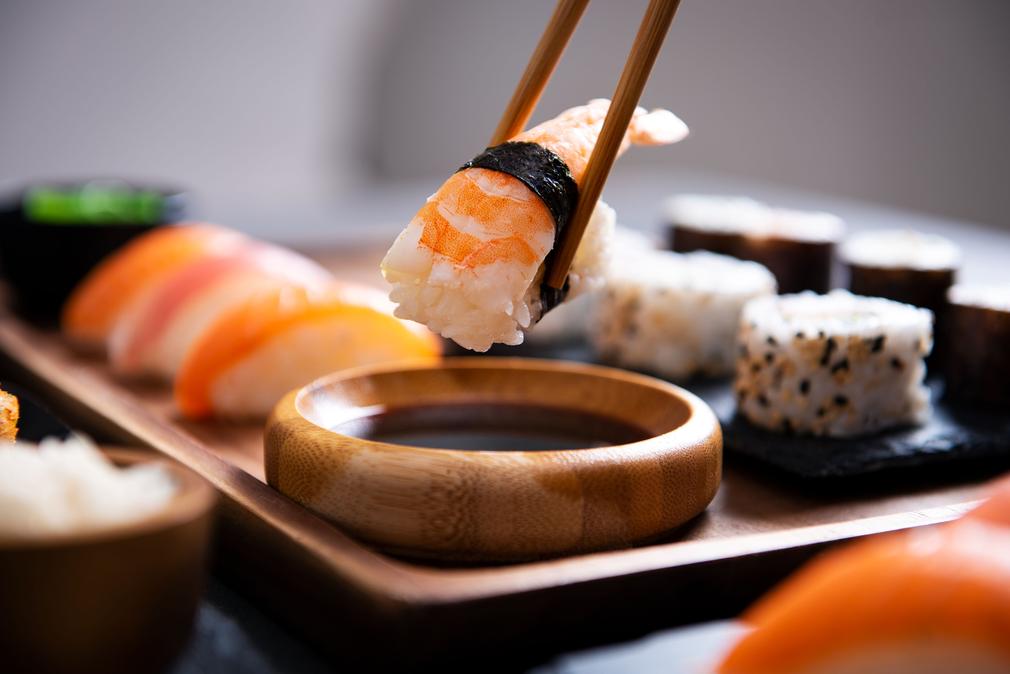
The Edo Period marked a transformative phase for sushi in Japan. As the capital shifted to Edo (modern Tokyo), advances in preservation shortened fermentation times. People began using vinegar to flavor rice, reproducing the sour taste without lengthy pickling. This “fast sushi” or hayazushi evolved toward fresher styles. By the early Meiji era, fresh sushi became common, shaping the forms known worldwide today.
| Region | Contribution to Sushi Development |
|---|---|
| Mekong Region | Origin of fish fermentation with rice |
| Han Dynasty China | Recorded fermented fish dishes with rice seasoning |
| Japan, Nara to Edo Period | Shortened fermentation and introduction of vinegared rice |
| Edo Period onwards | Evolution to fresh sushi varieties |
The uniqueness of sushi lies in Japan’s adaptation and innovation of preserved fish into a fresh delicacy with precise techniques and cultural importance. While the fermentation concept is ancient and regional, the sushi known today thrives from Japan’s culinary evolution and regional creativity.
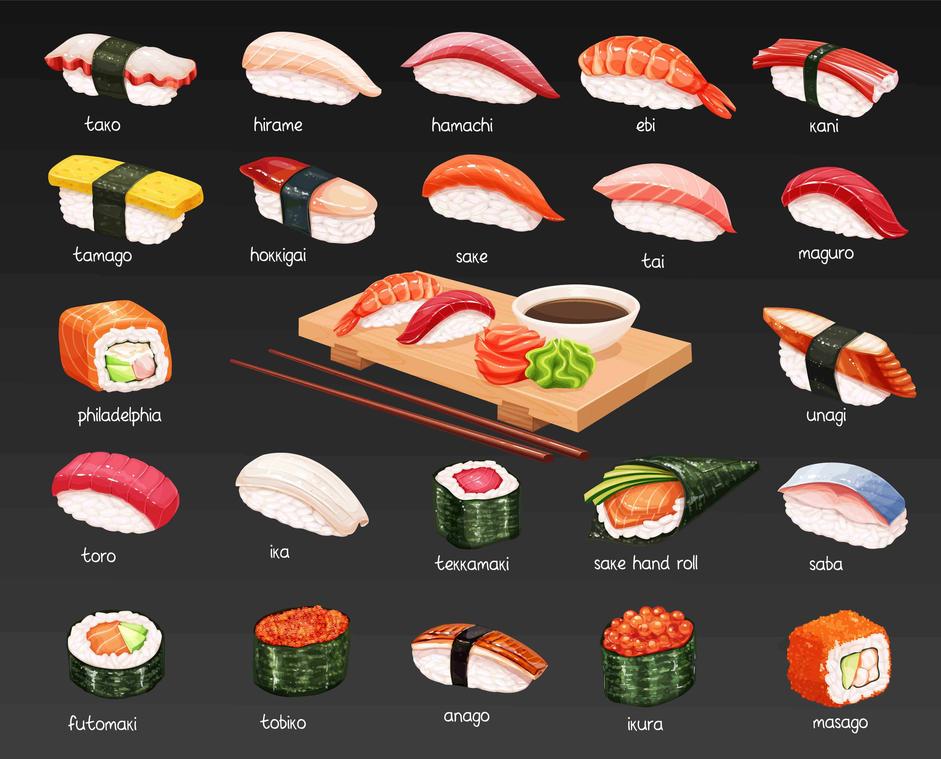
- Sushi’s roots trace back to Mekong fish fermentation culture.
- Ancient Chinese records document early sushi methods and names.
- Japan introduced eating rice with fish by shortening fermentation time.
- Edo period innovations led to contemporary fresh sushi.
- Japanese sushi uniquely blends preservation techniques and taste.
Why is Sushi Original to Only Japan?
Sushi, as we know it today, is original only to Japan because it underwent a unique evolution there, transforming an ancient fermentation technique into a fast, fresh, and iconic cuisine that no other culture developed in quite the same way.
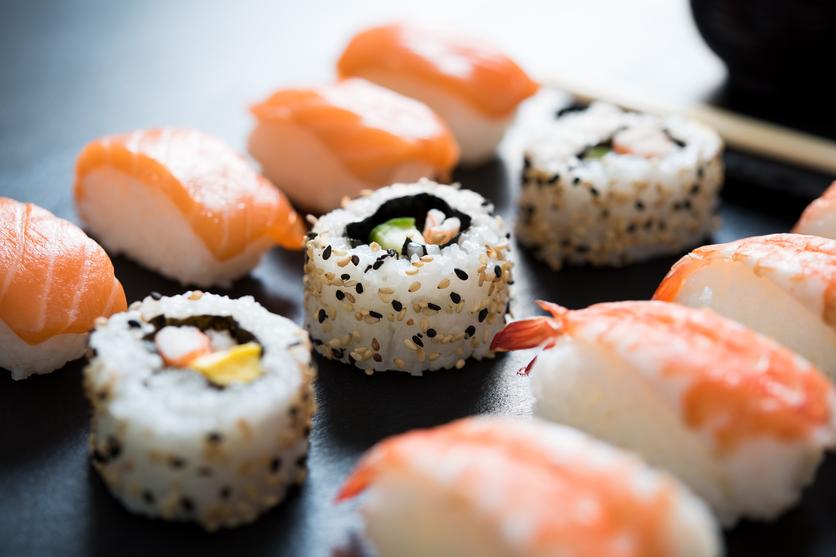
Before diving in, think about this: If sushi had started somewhere else, would it taste quite the same? Would it feel as tied to culture, place, and tradition? Probably not.
A River of Origins: Mekong to Han Dynasty China
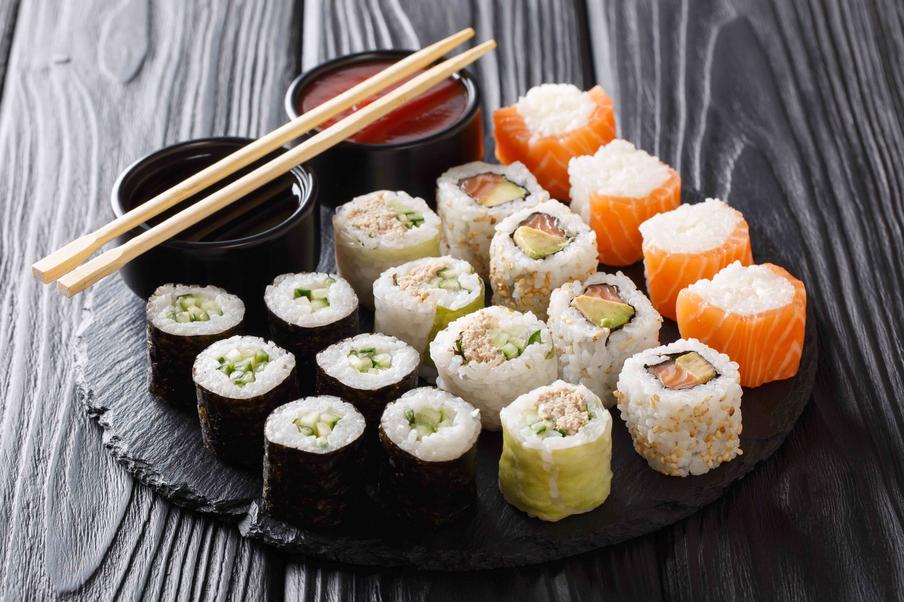
The story of sushi begins far from Japan, surprisingly in the Mekong River region between Southern Yunnan and Northern Laos around the 2nd century BC. Food historian Shinoda Osamu, who tackled sushi’s origins head-on in 1966, uncovered this fascinating early chapter. Back then, fish was preserved in fermented rice with lactic acid — a highly valued delicacy. In fact, it was so prestigious it served as a tribute to the Han Dynasty Emperors.
This early sushi was about preservation, not quick enjoyment. The rice fermented for long periods, creating something hearty but sour. The Book of Han, the key historical text of the time, even records Emperor Zhao catching a shark-like fish and ordering it salted and fermented for the palace chefs.
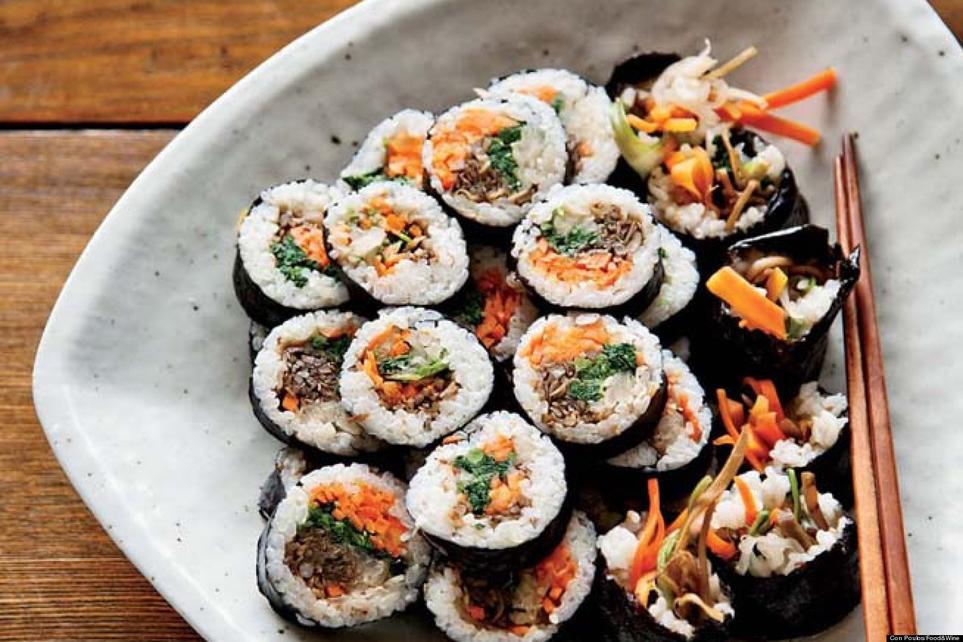
How Ancient China Prepared the Prototype of Sushi
Chinese chefs didn’t just throw fish and rice together. They mastered a precise method of preparation described in a 544 AD cookbook, Essential Skills of the People. The process stands out for its detail:
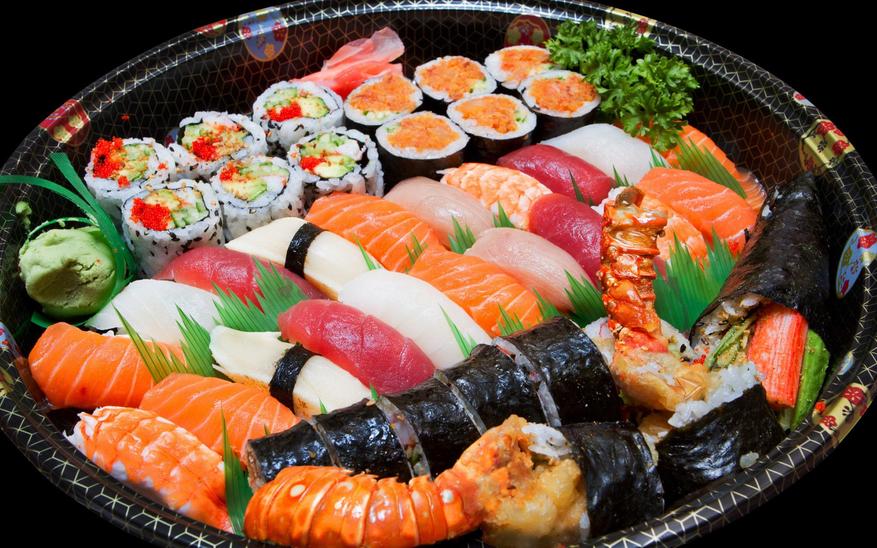
- Thinly slice fish.
- Salt the slices and squeeze out moisture.
- Mix rice with wine and vinegar.
- Layer fish with the seasoned rice until completely packed.
- Seal it in a container to ferment.
This combination of fish and vinegar-seasoned rice was a culinary innovation then. The dish was called 鮓 (zha in Mandarin, pronounced sa until recently). That name would slowly mutate into the Japanese word “sushi.”
The Japanese Twist: From Tribute to Delicacy
Japan inherited this dish, but something magical happened afterward. The first documented mention in Japan dates to the Nara Period (8th century) in the Code of Yoro, where sushi is mentioned as imperial tribute. But at this early stage, the rice was discarded because it was too sour to eat. The Japanese were consumers of the fish mainly.
Fast forward to the 14th century, Japan revolutionizes the concept by shortening fermentation times. This change lets people eat the rice together with the fish. Imagine that—the sour rice stays, but now as a complementary flavor, not just a preservation tool.
This style, called narezushi, still lives on in some parts of Japan—especially Shiga Province’s famous funazushi. It’s a living testament to sushi’s past and its transformation from fish preservation to culinary art. Try it, and you understand the taste of patience and tradition.
The Edo Period: Birth of Modern Sushi
The real sushi renaissance happens in Edo (now Tokyo) during the Edo period when the capital shifts there from Kyoto and Nara. The city’s booming fish market meant freshness instead of preservation was king.
By this time, fish no longer needed lengthy fermentation. Pickling in salt, vinegar, or seaweed sufficed for flavor and safety. People loved the sour taste, which they could mimic by seasoning cooked rice with vinegar—thus skipping the long fermentation entirely. This gave birth to hayazushi, or “fast sushi.”
Imagine sushi becoming fast food before fast food was a thing. In the 18th century, hayazushi still kept a sour punch but was pickled for days instead of months. By the early Meiji era, fresh sushi appears, served right after preparation, keeping the fish fresh and the rice perfectly vinegared. This fresh sushi is the grandfather of what most people order today.
So Why Is Sushi Original Only to Japan?
It’s all about adaptation and innovation. You can trace sushi’s DNA back to Southeast Asia and China. But Japan took this concept on a journey. It turned a fish preservation method into an art form and embraced freshness and speed without sacrificing flavor. That transformation is unique. Other cultures never quite made the leap from fermented food to fresh gourmet experience with such style.
Think of it like a song that started in one country but only found the right rhythm when it landed somewhere else. The rice, the vinegar, the fish — uniquely Japanese harmonizers — create an original composition no one else fully replicated.
Want to Taste the Legacy?
Try funazushi in Shiga Prefecture. It’s ancient sushi practically unchanged since Japan’s medieval times. Or seek out Tokyo’s Edomae sushi, the modern fresh sushi that grew from those quick-pickling Edo chefs. Both are educational bites that show sushi’s extraordinary journey from fermented fish to the world-renowned cuisine it is now.
Ultimately, sushi’s originality lies not merely in its ingredients or even its name from China, but in its Japanese spirit of reinvention. A simple note on preservation became an edible symbol of precision, timing, and fresh delight.
So, is sushi original to Japan? Absolutely. It’s a culinary invention born of history, geography, and innovation that only Japan could perfect and proudly claim. Who knew fermenting fish in rice would become a global sensation steeped in centuries of tradition?
